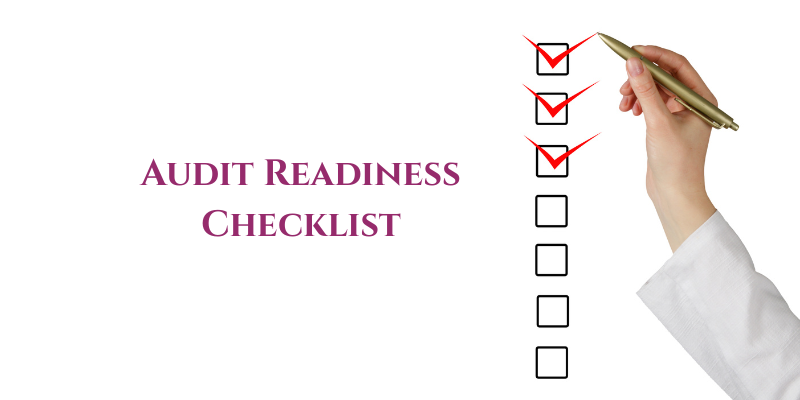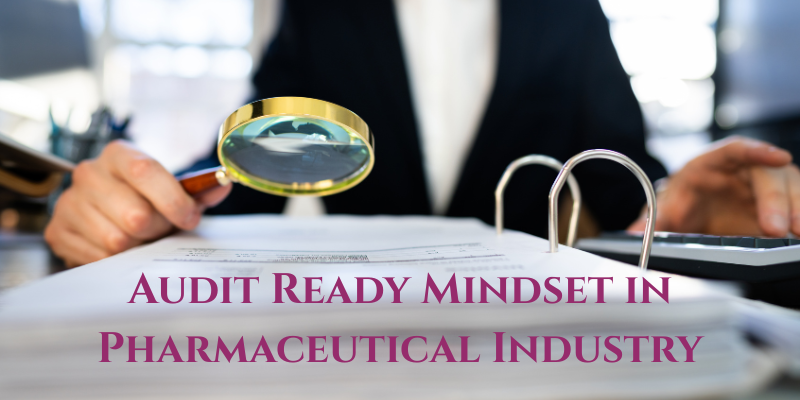Audit readiness in the pharmaceutical industry is a critical and ongoing process that ensures a company is consistently prepared to demonstrate compliance with regulatory requirements, internal policies, and industry best practices during audits conducted by regulatory agencies (like the FDA, EMA), customers, or internal auditors.
Before Audit:
- SOPs up to date
- Records complete & easily accessible
- Document control enforced
- Training records maintained
- Calibration certificates valid
- CAPA system working
- Internal audits completed on schedule
- Audit findings closed properly
- Version control in place
- Change management documented
- Risk assessments current
- Supplier evaluations up to date
- Customer complaints analyzed & addressed
- Product traceability confirmed
- ISO/IATF compliance monitored
- Mock audits conducted
- Roles & responsibilities defined
During the Audit:
- Appoint a primary point of contact to manage auditor requests and communication.
- Answer all questions truthfully and accurately. If you don’t know the answer, say so and find someone who does.
- Only provide requested documentation. Avoid offering unsolicited information.
- Document all requests made by the auditor and any discussions.
- Remain professional and calm, even if faced with challenging questions or observations.
- Actively listen and take note of any observations or potential findings. This provides an opportunity for immediate clarification or to initiate corrective actions.
Post-Audit Activities:
- Participate in the exit meeting to understand the auditor’s findings and discuss them.
- If there are any findings or observations, prepare a timely and comprehensive response, including a CAPA plan with clear timelines and responsibilities.
- Execute the CAPA plan diligently and document all actions taken.
- Conduct internal follow-up to ensure the effectiveness of the implemented CAPA.
- Analyze the audit findings and use them as a catalyst for continuous improvement of the QMS.
Recommended: GxP Certification Courses


